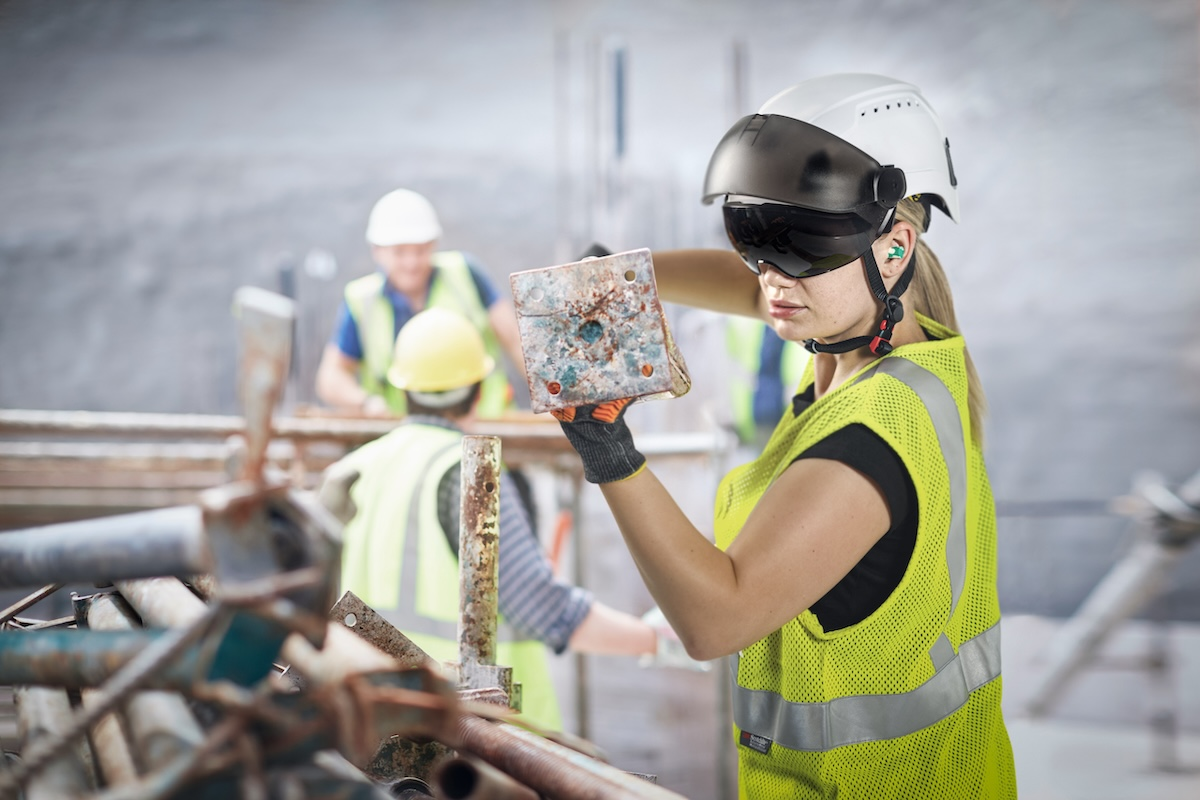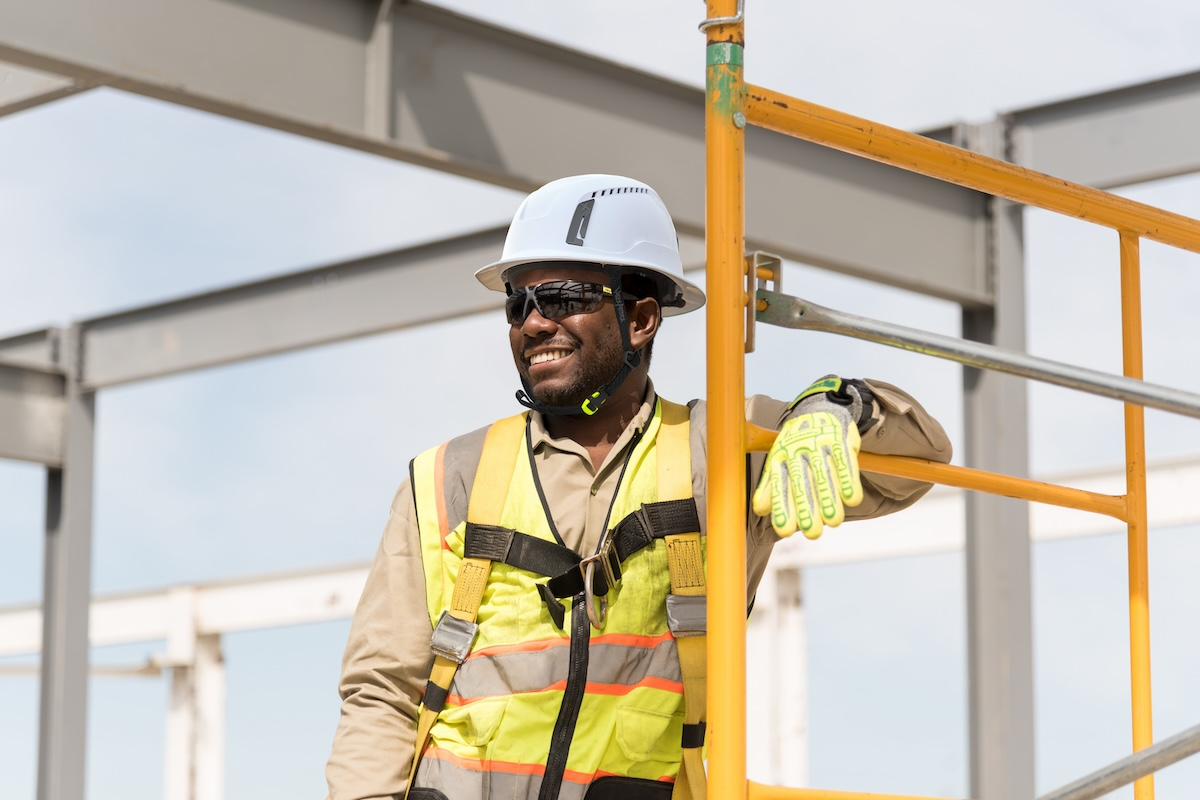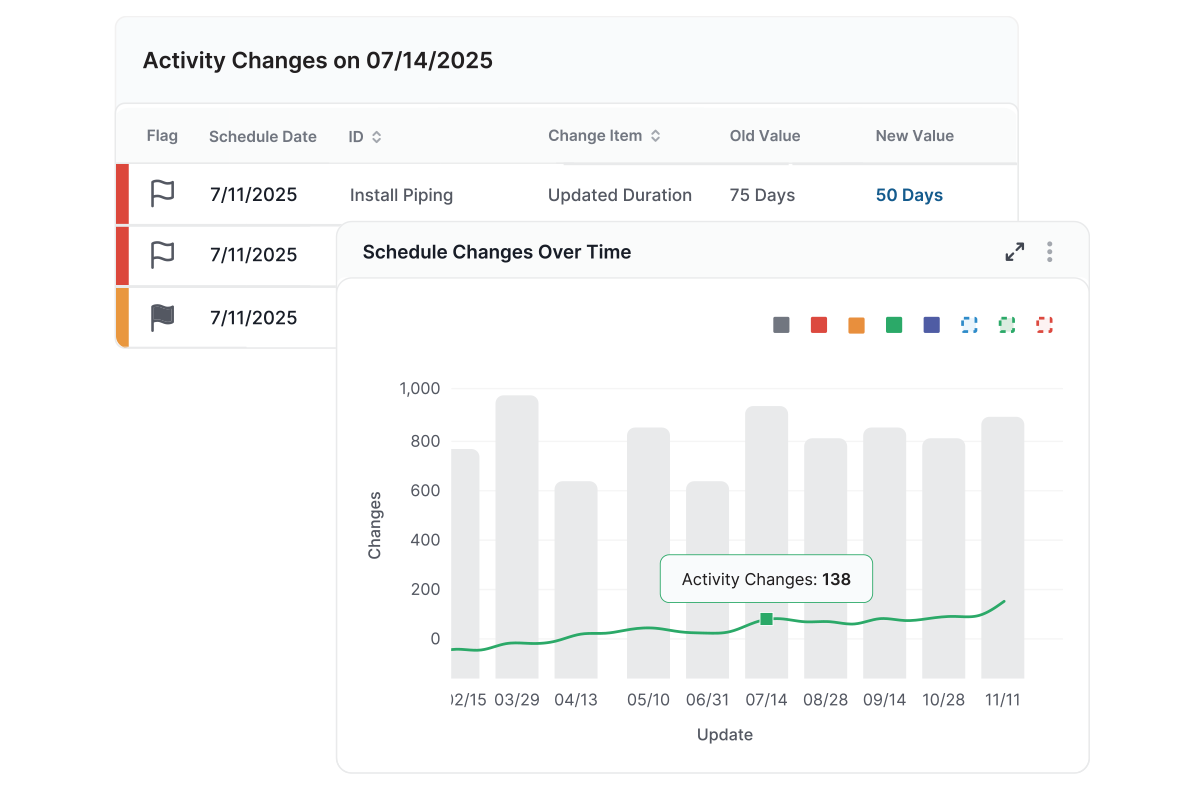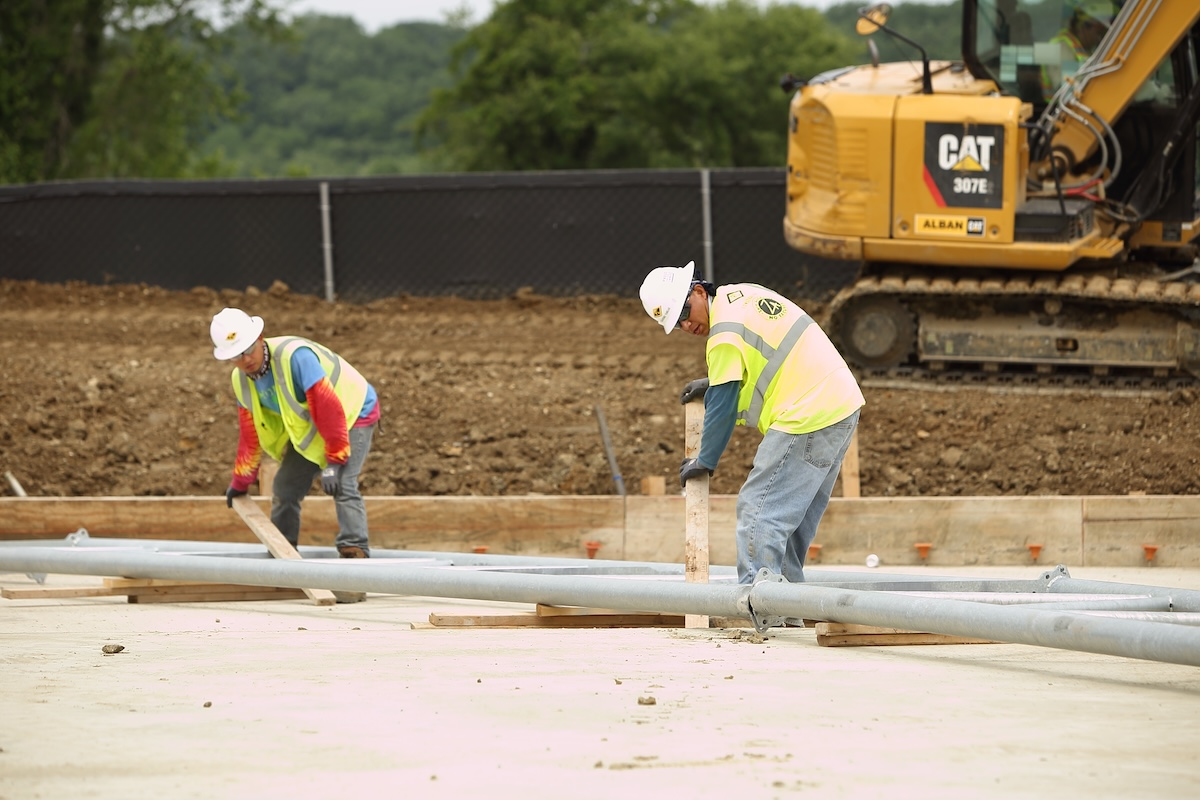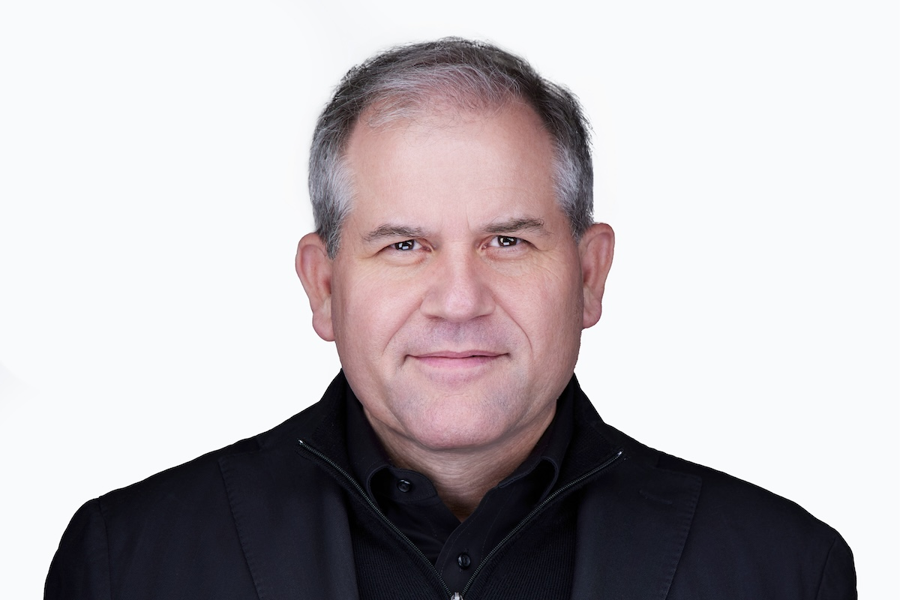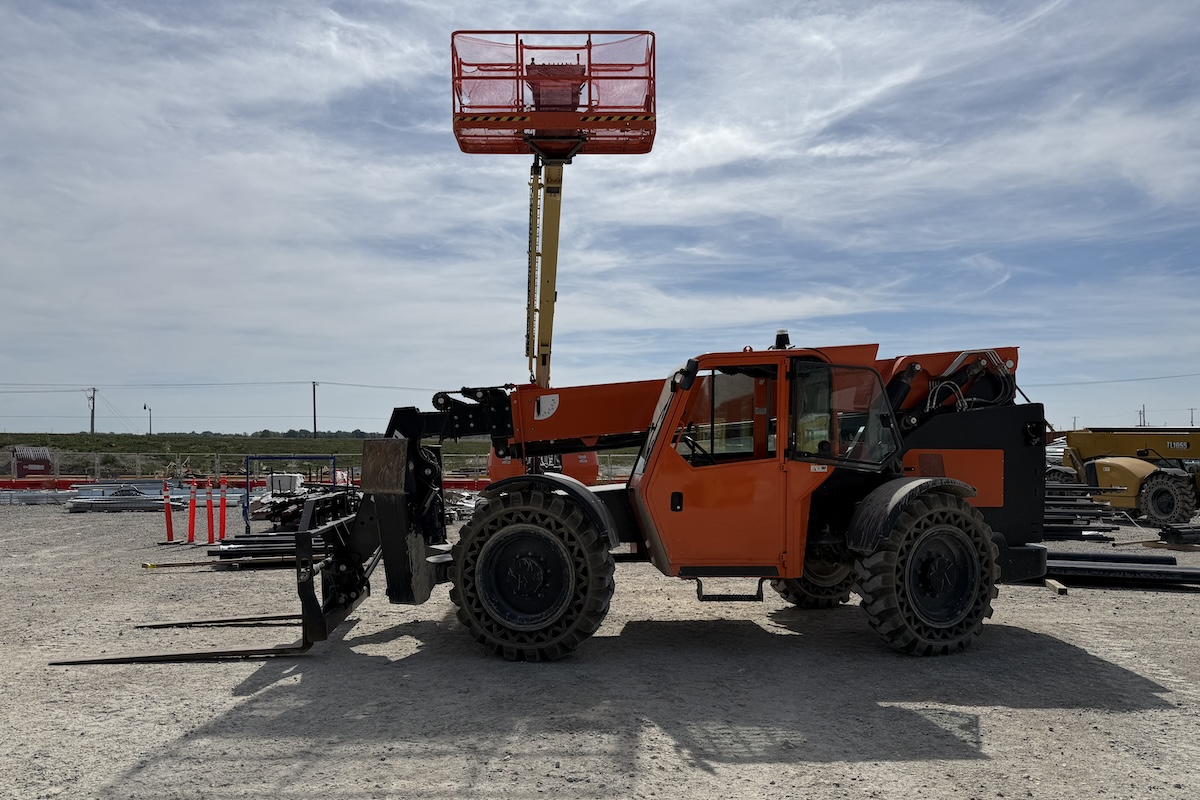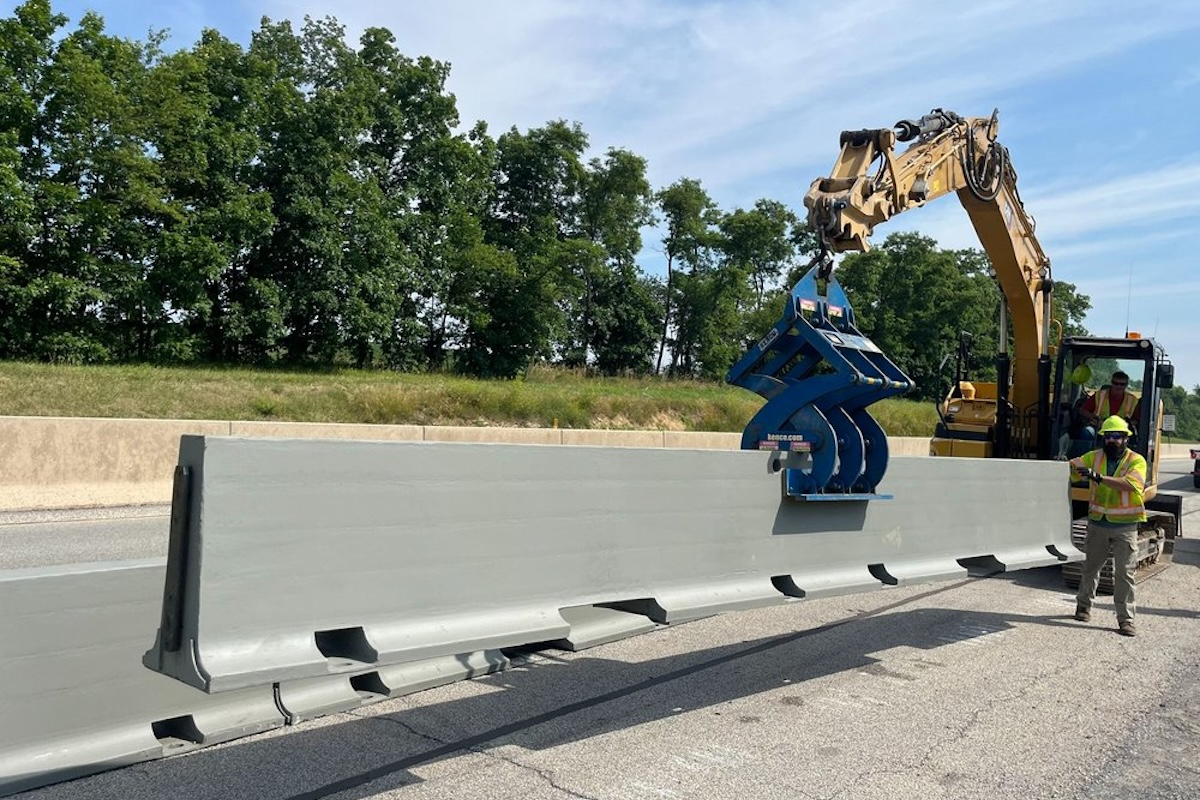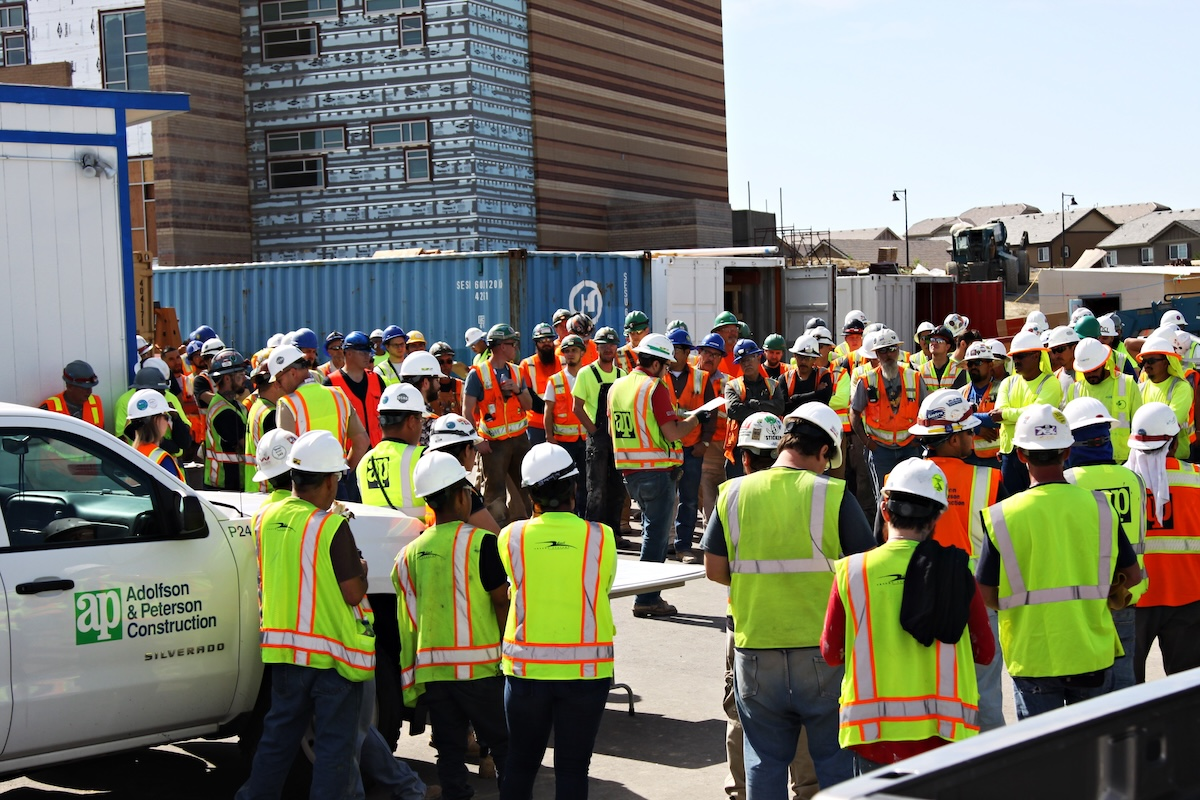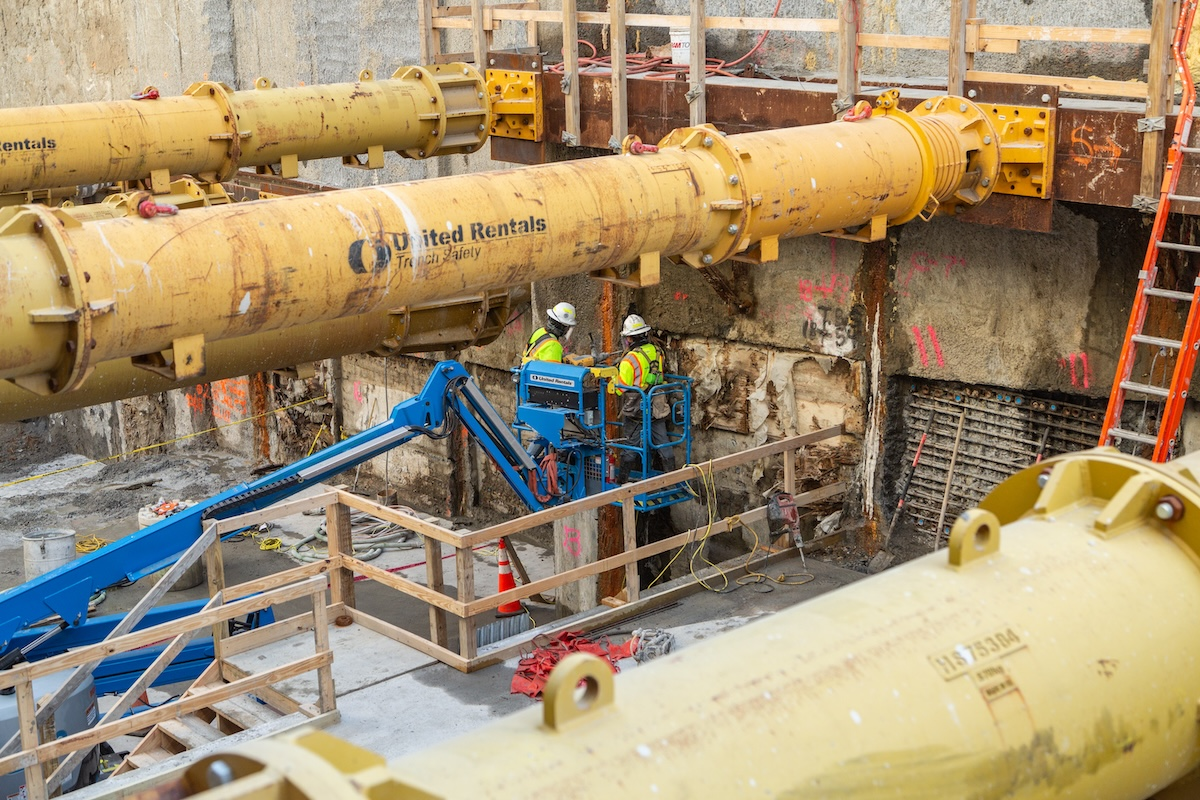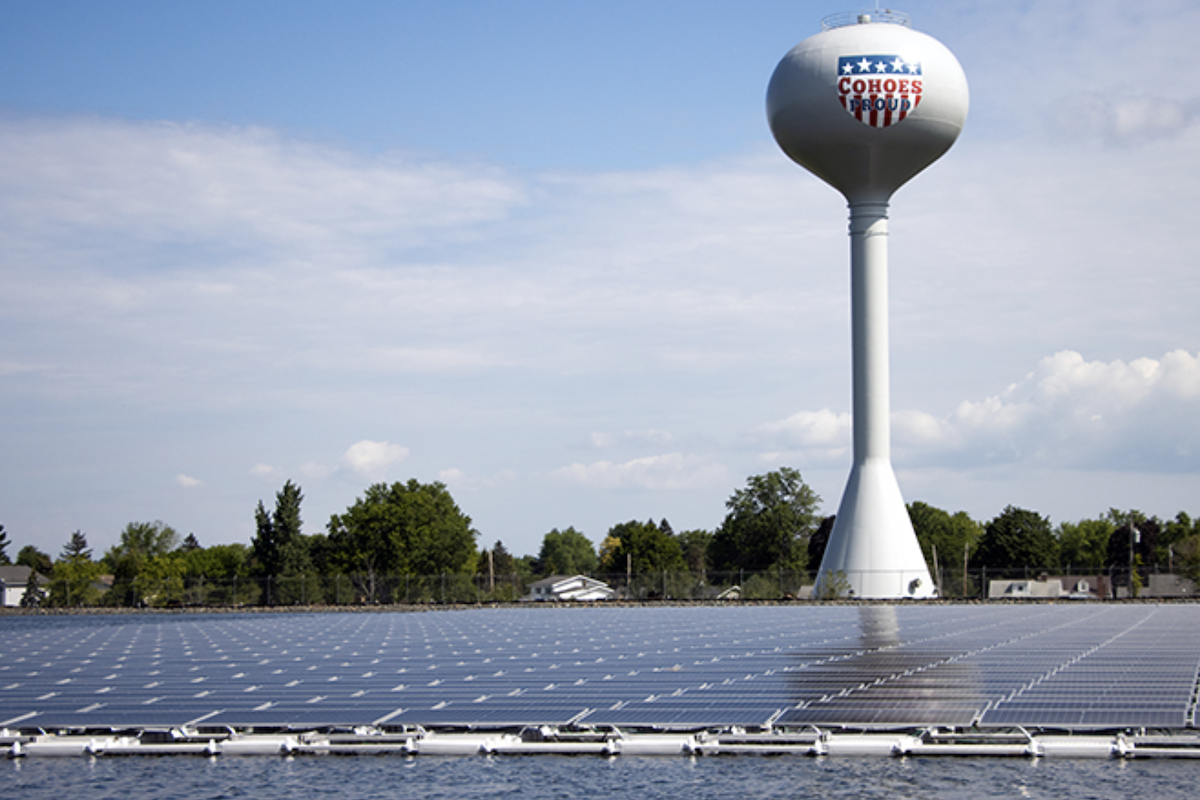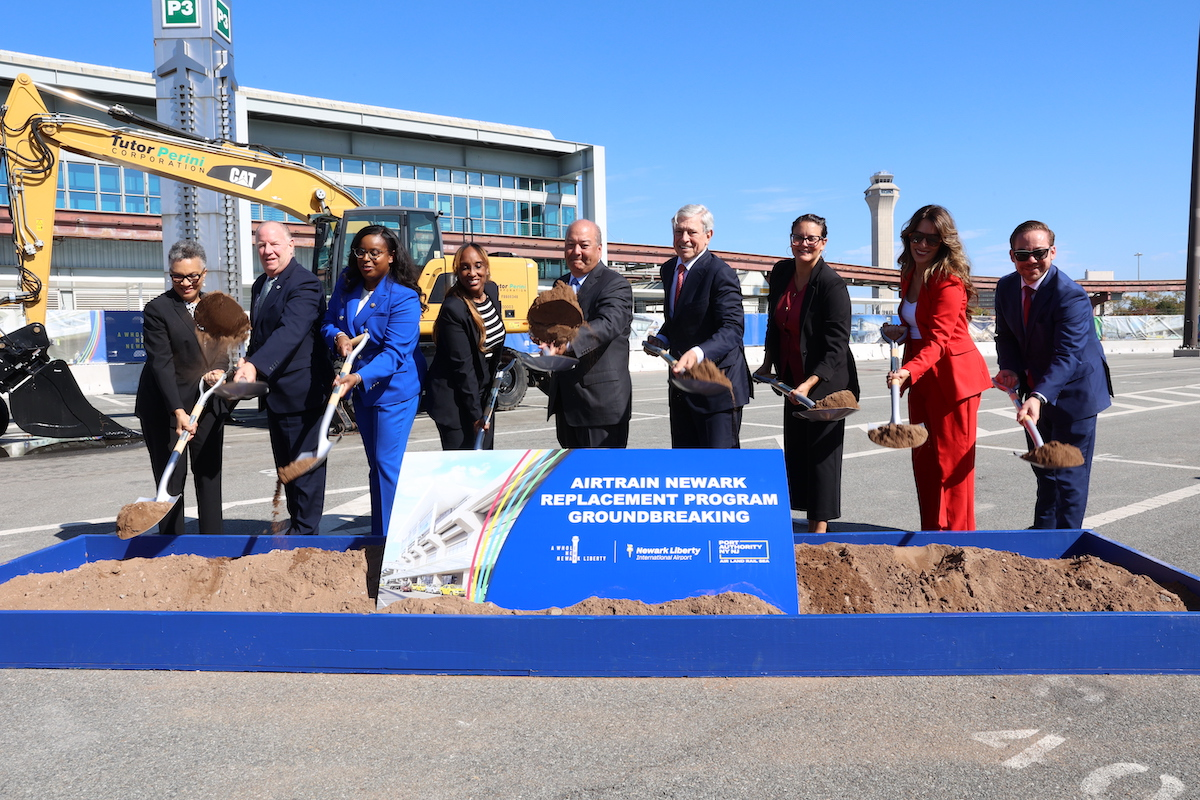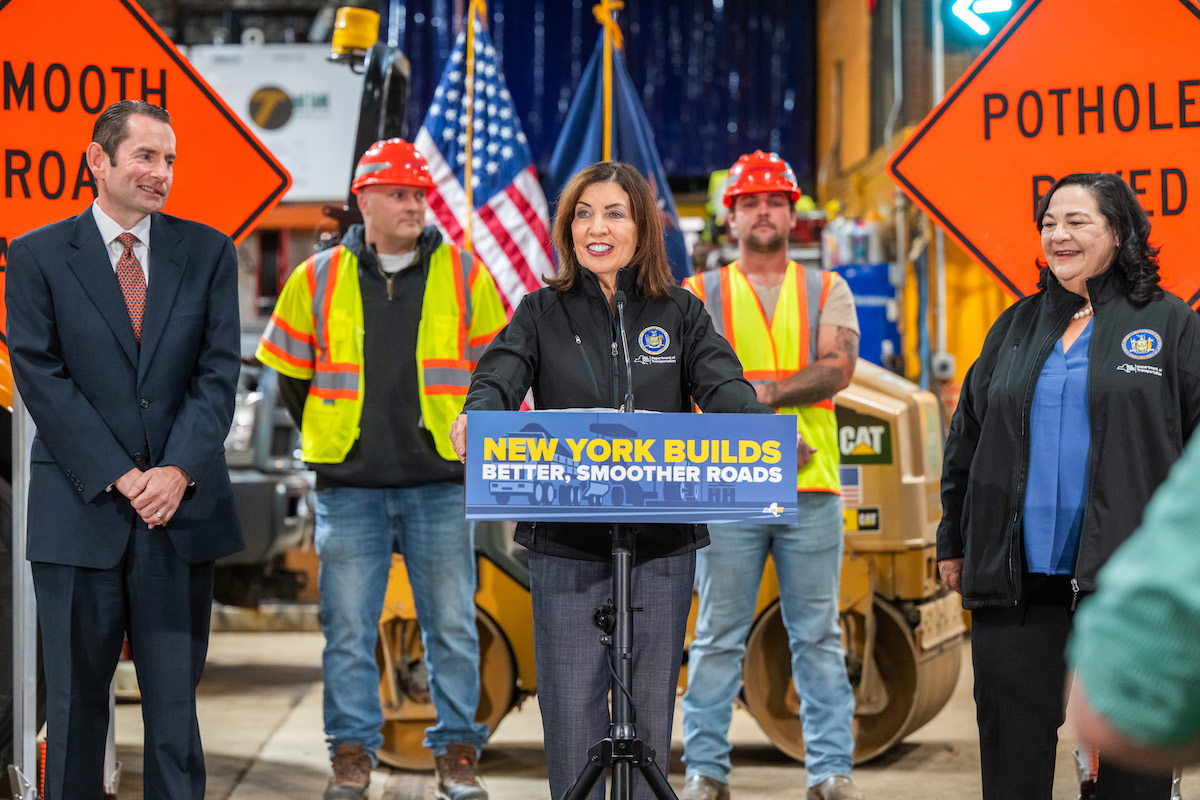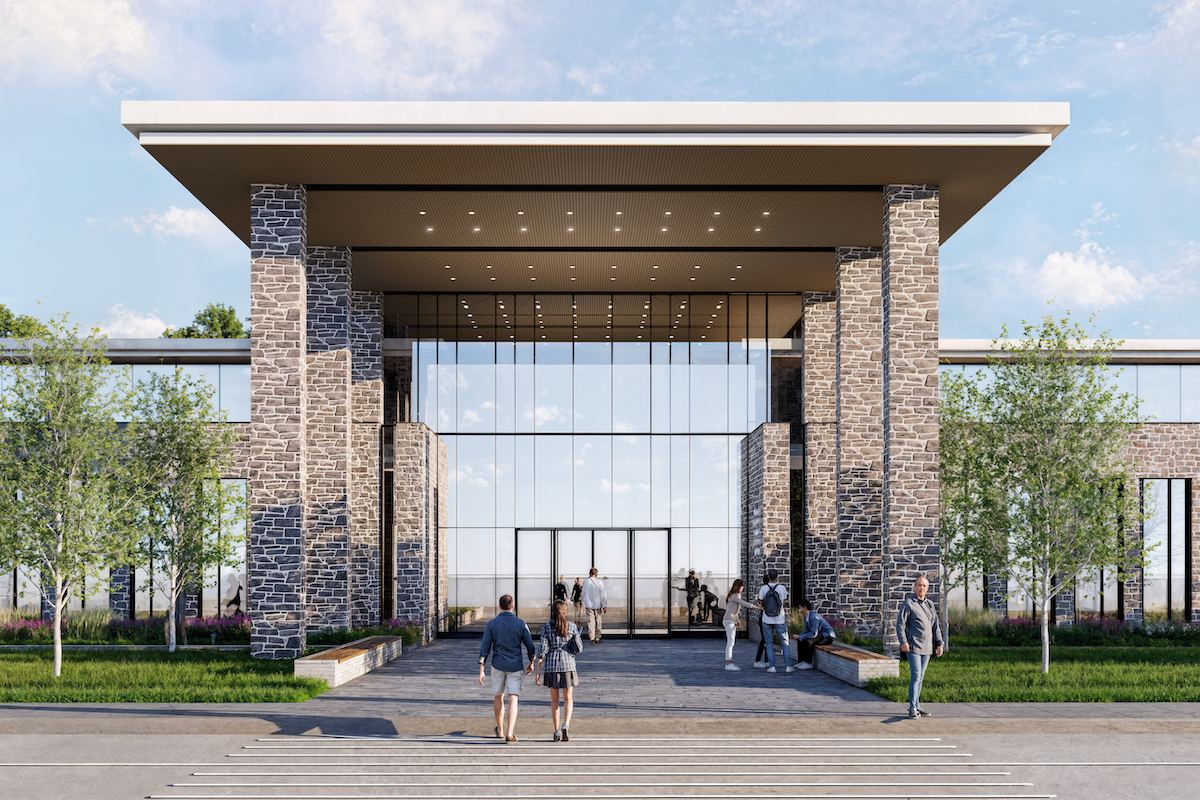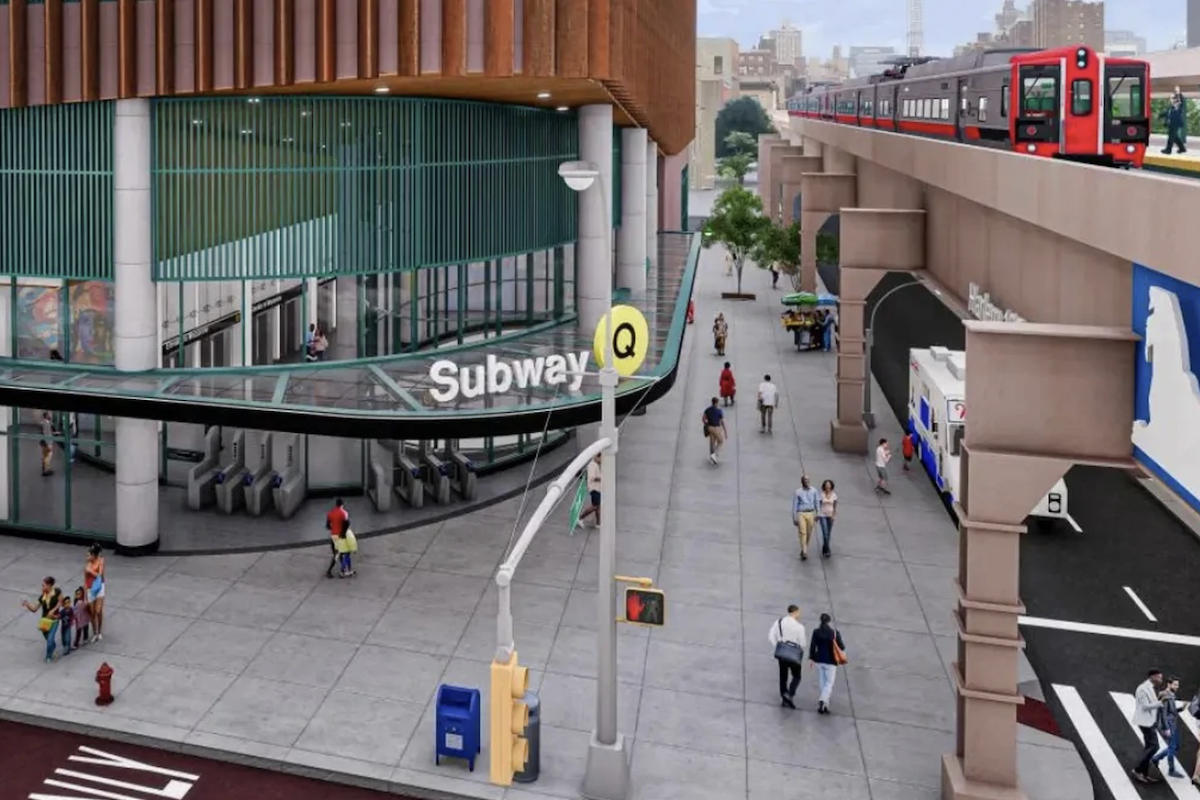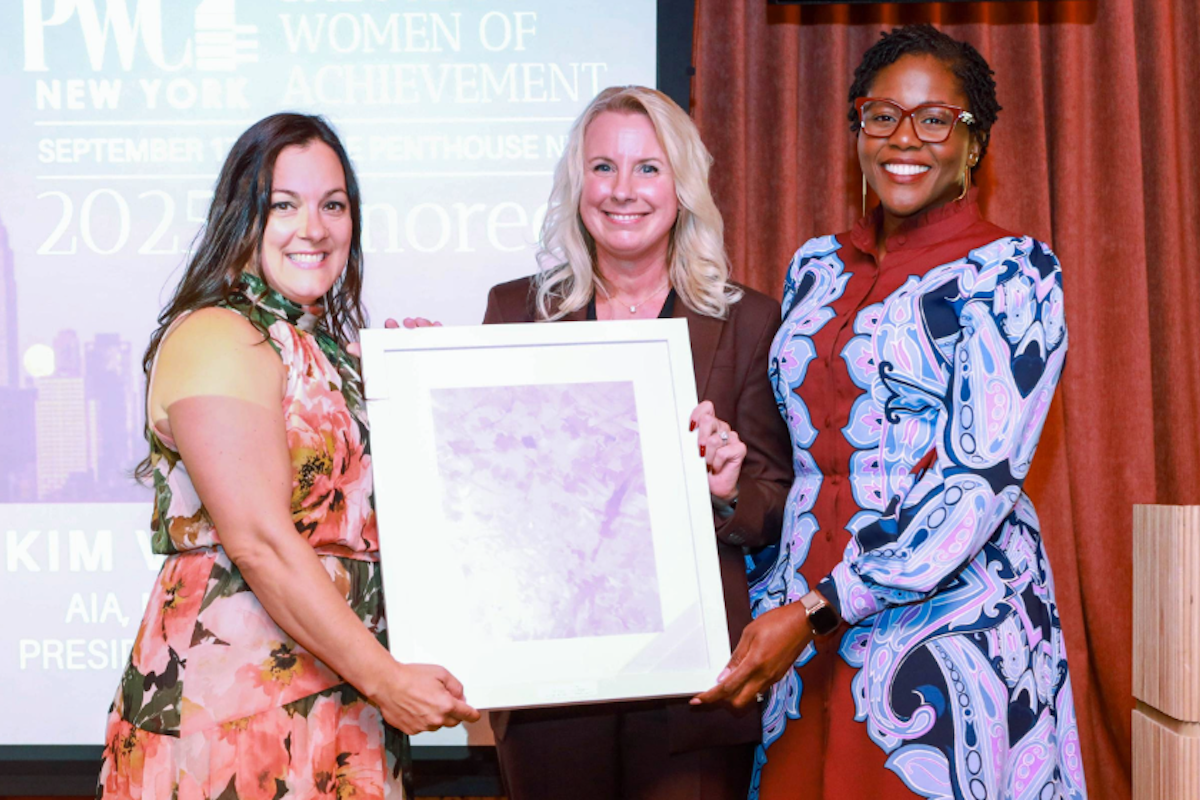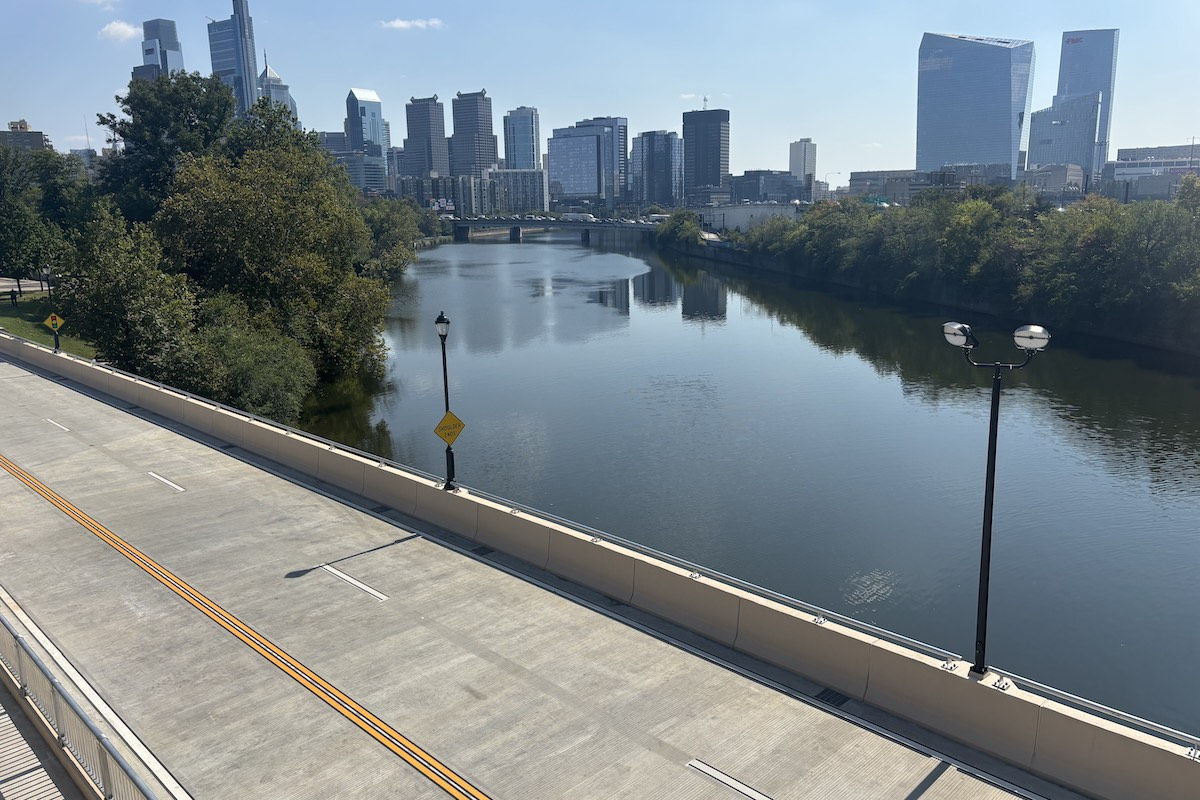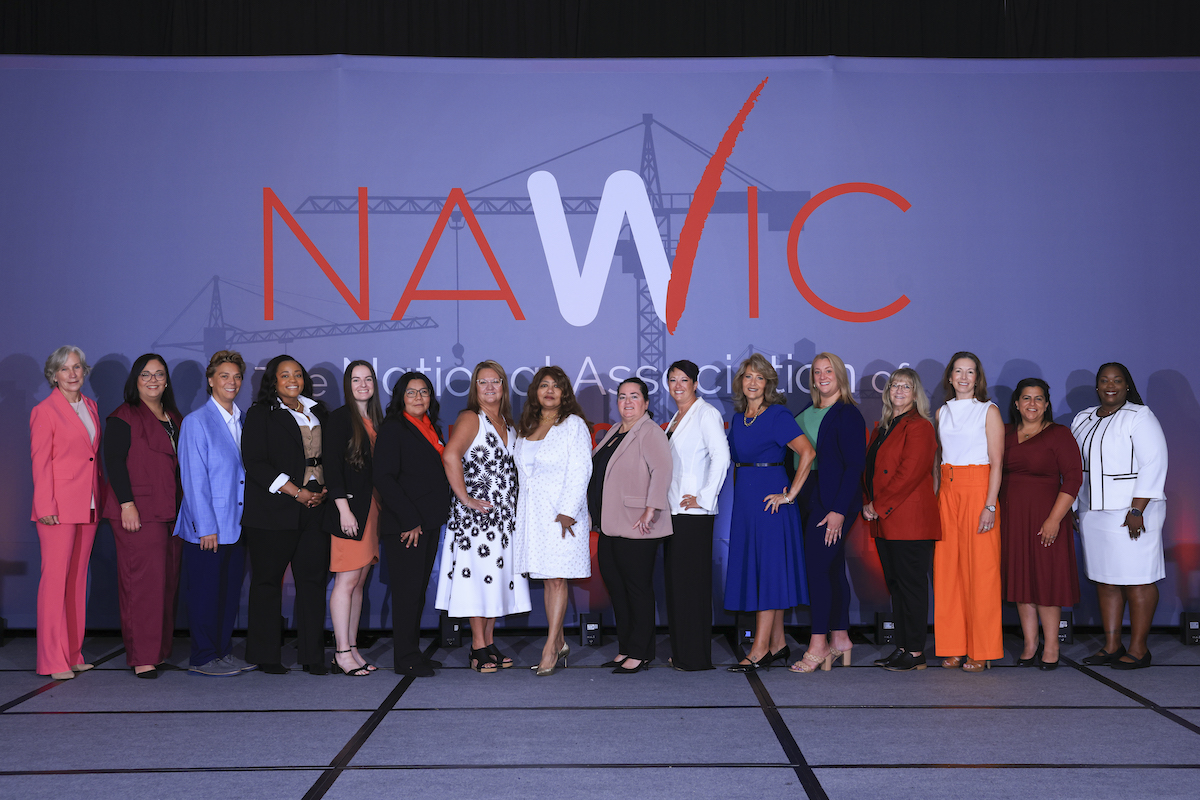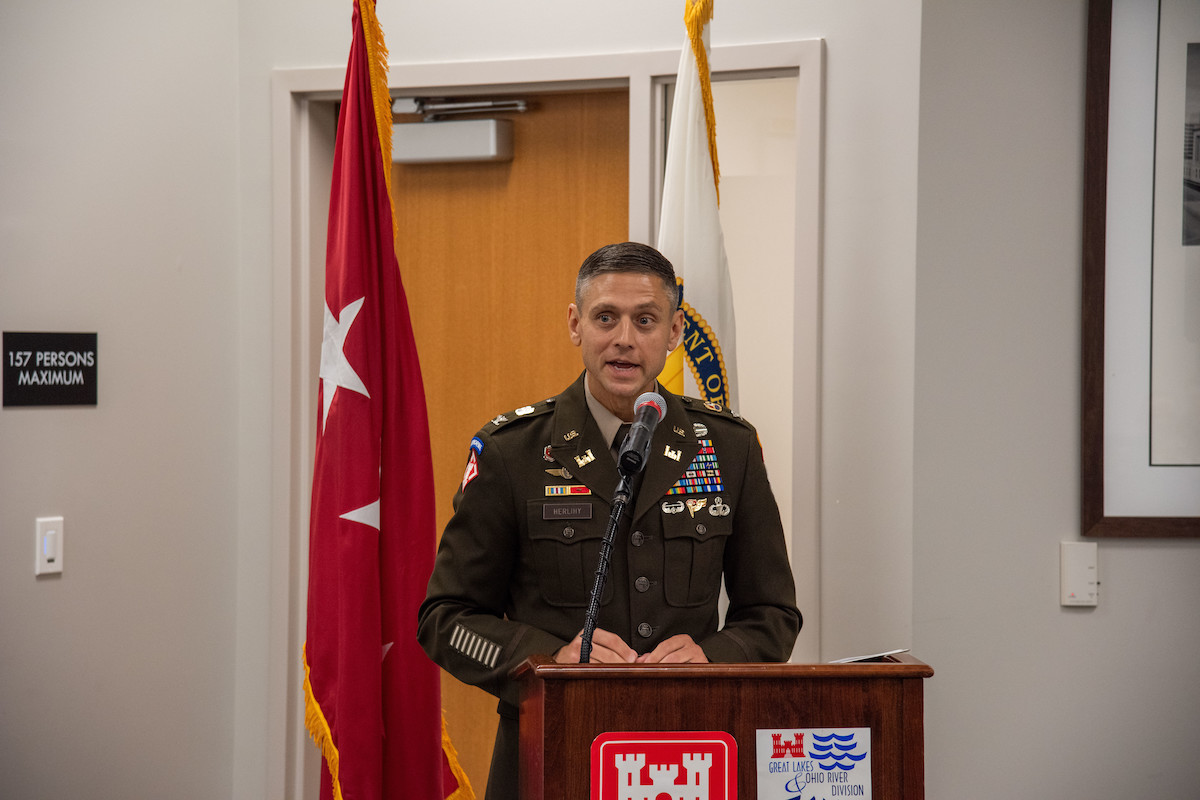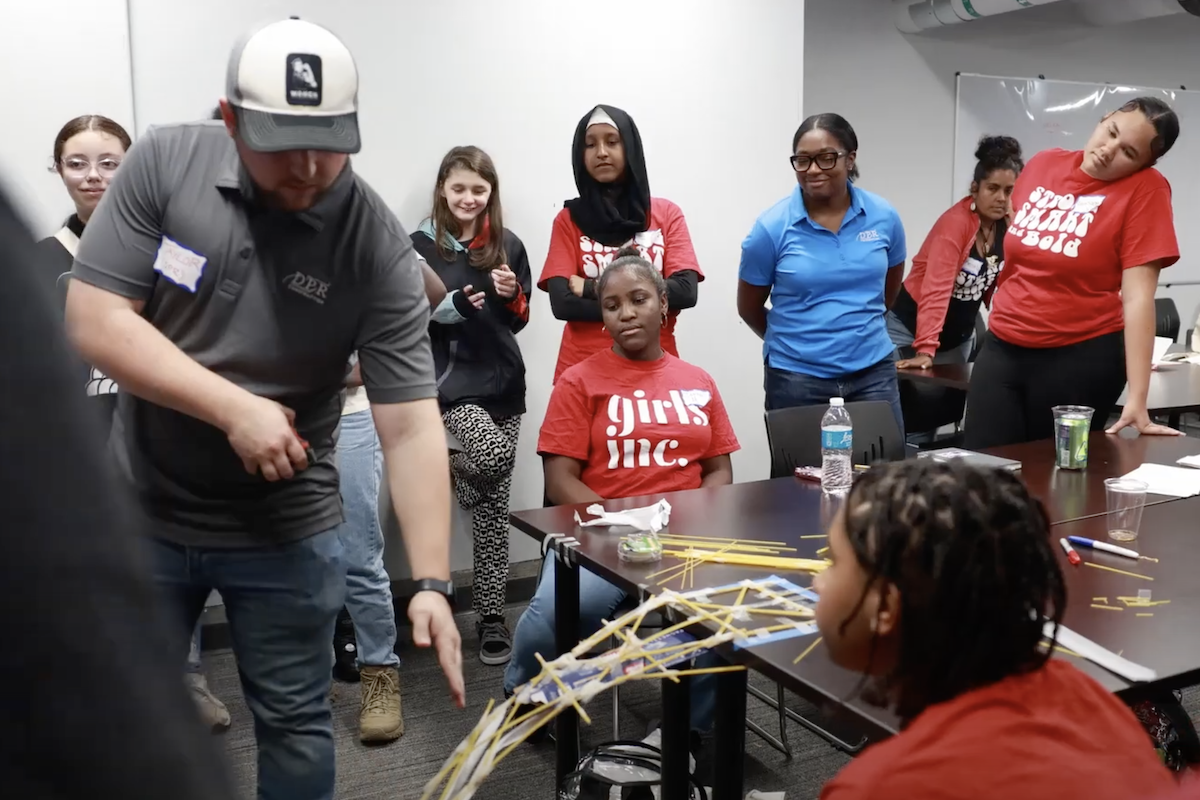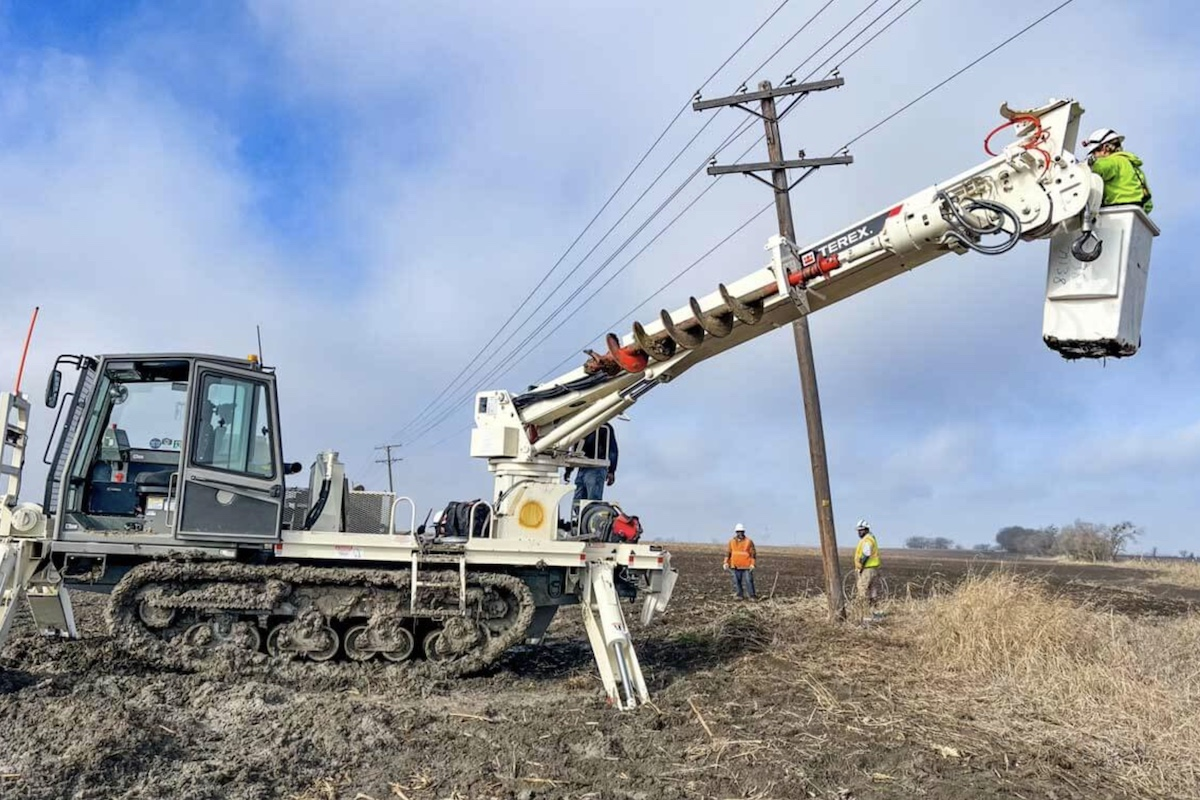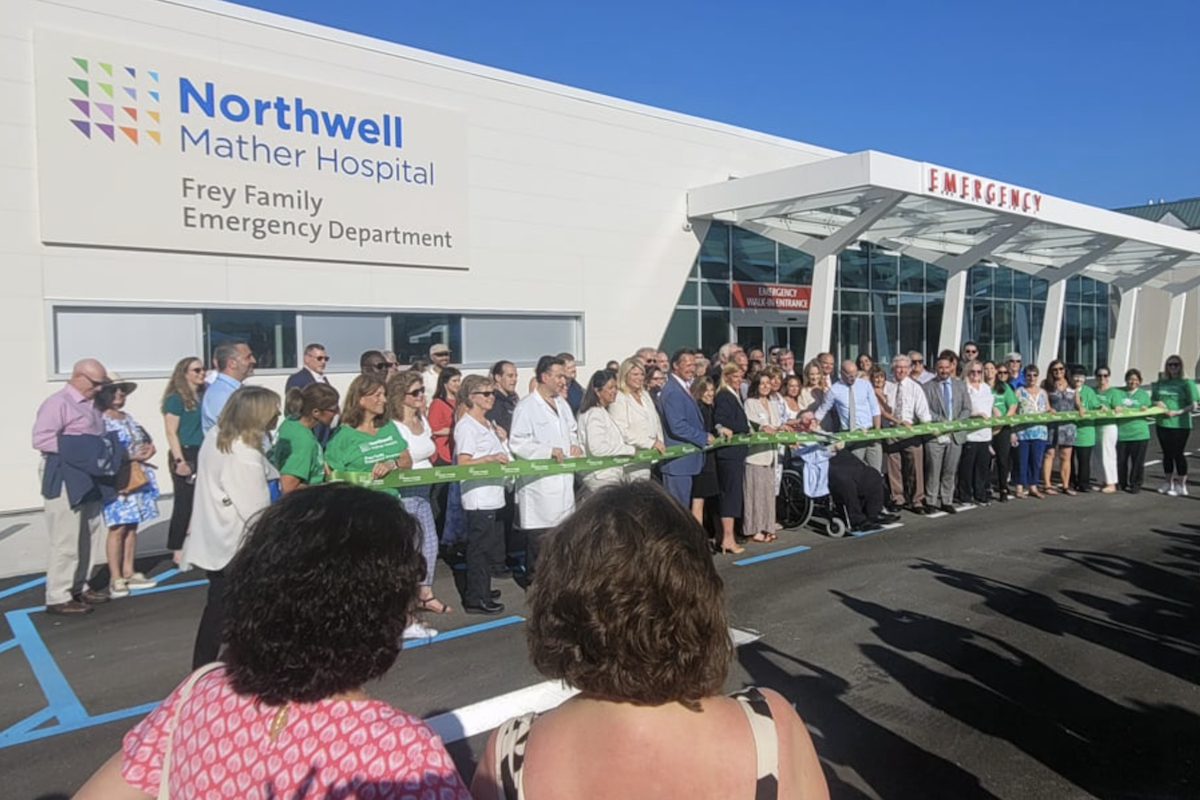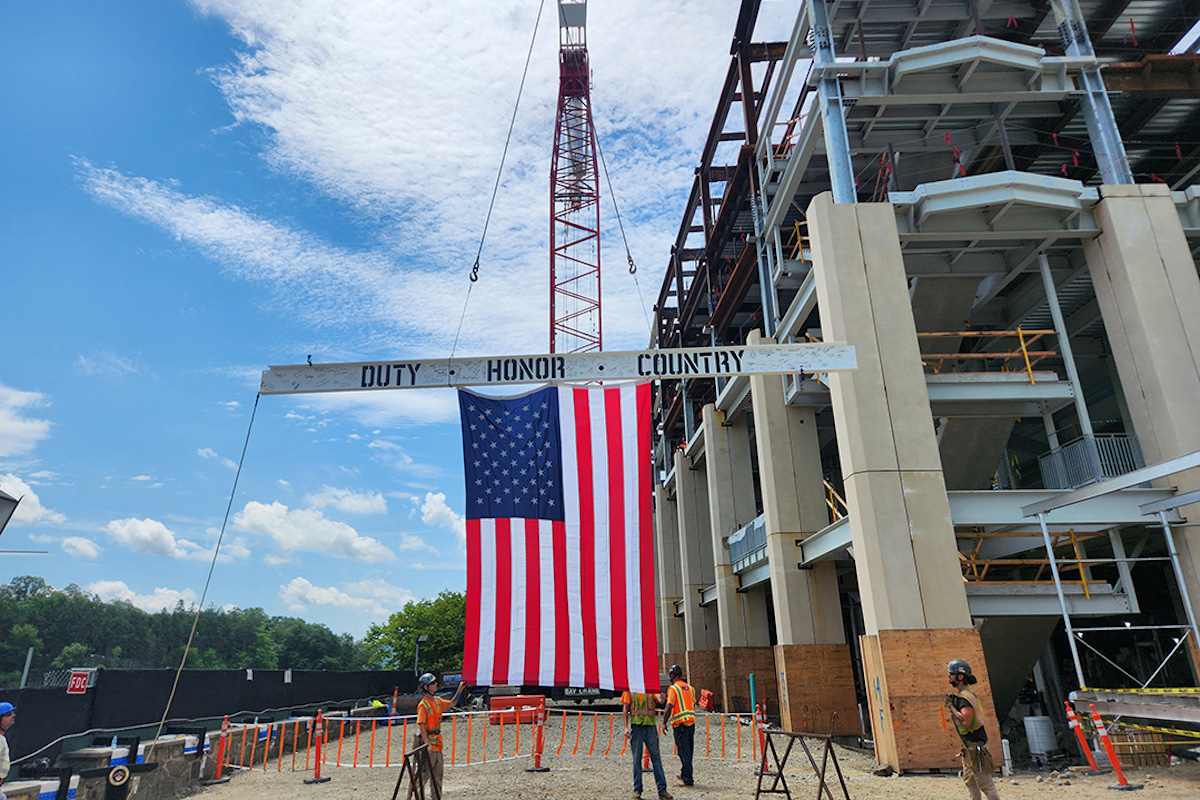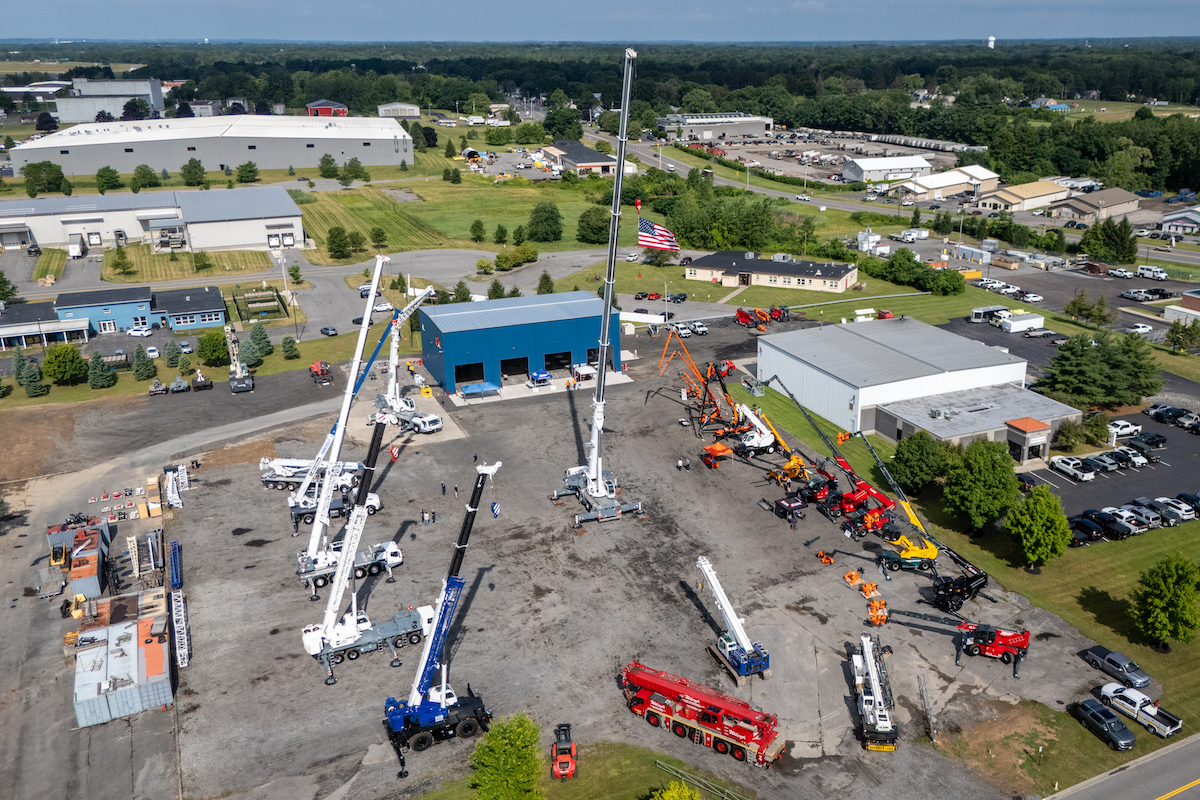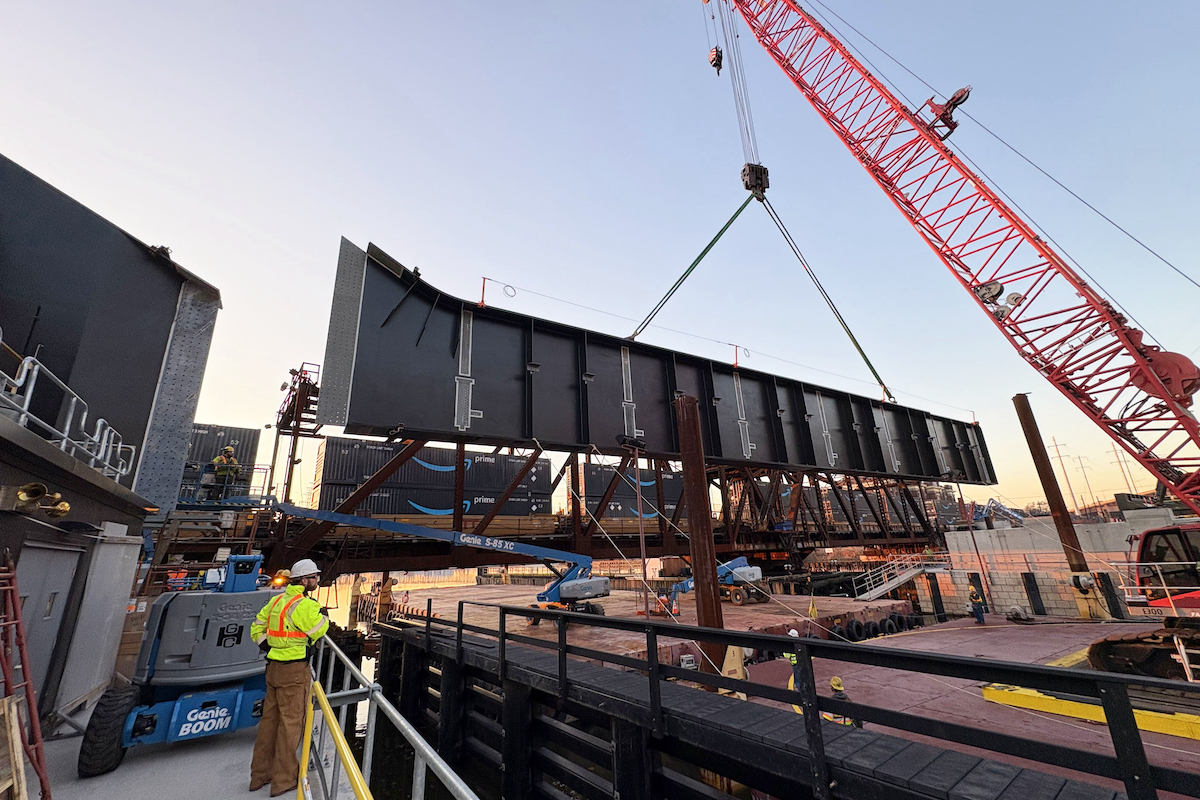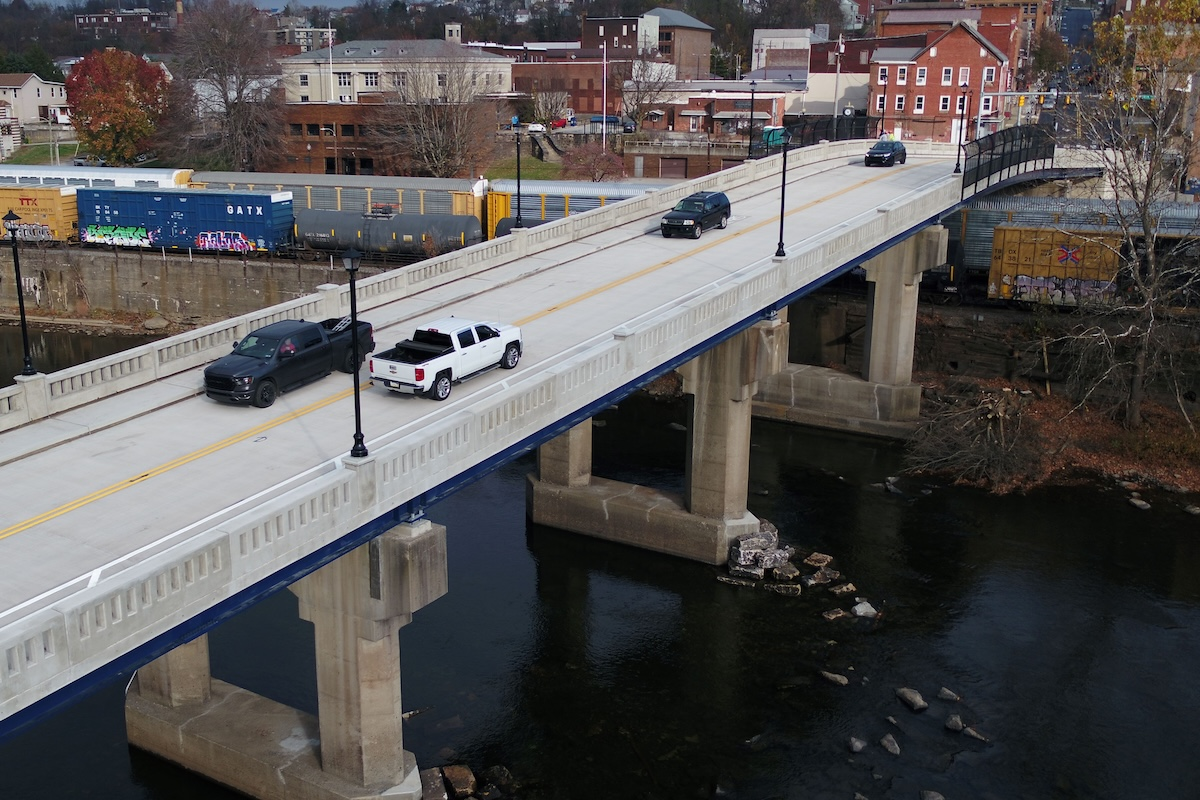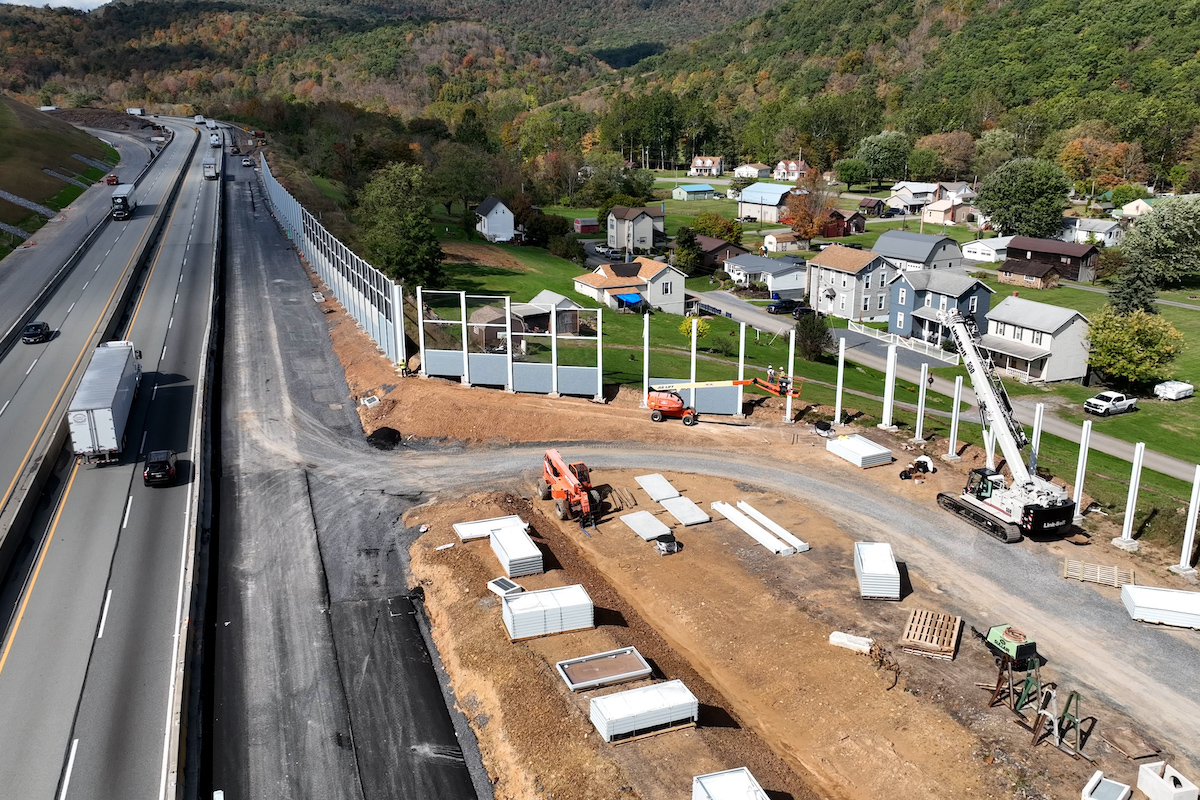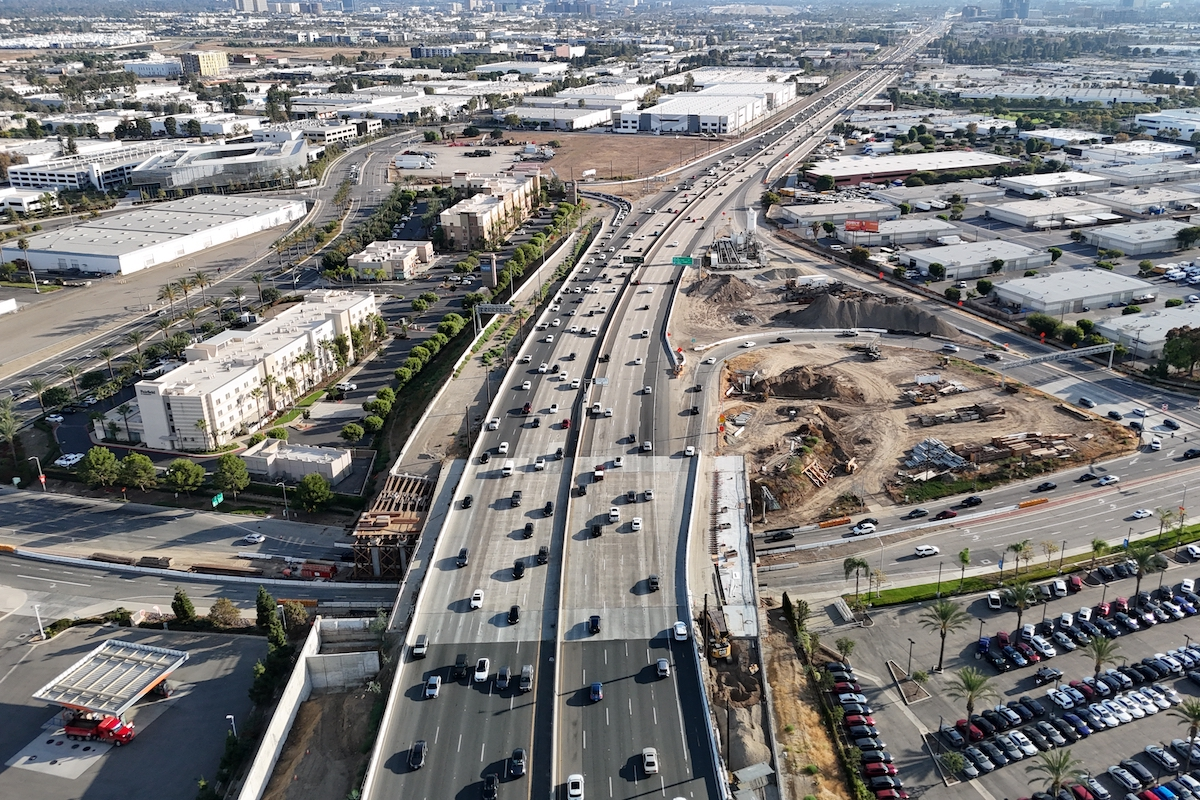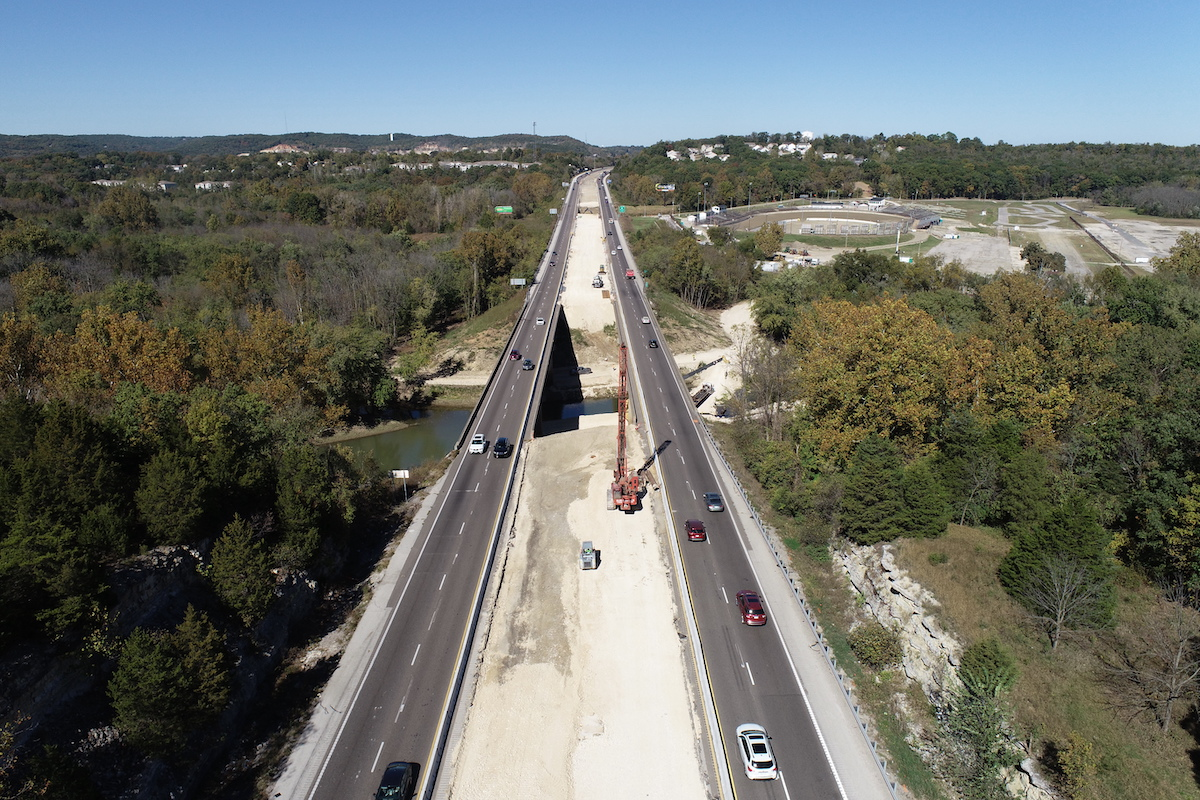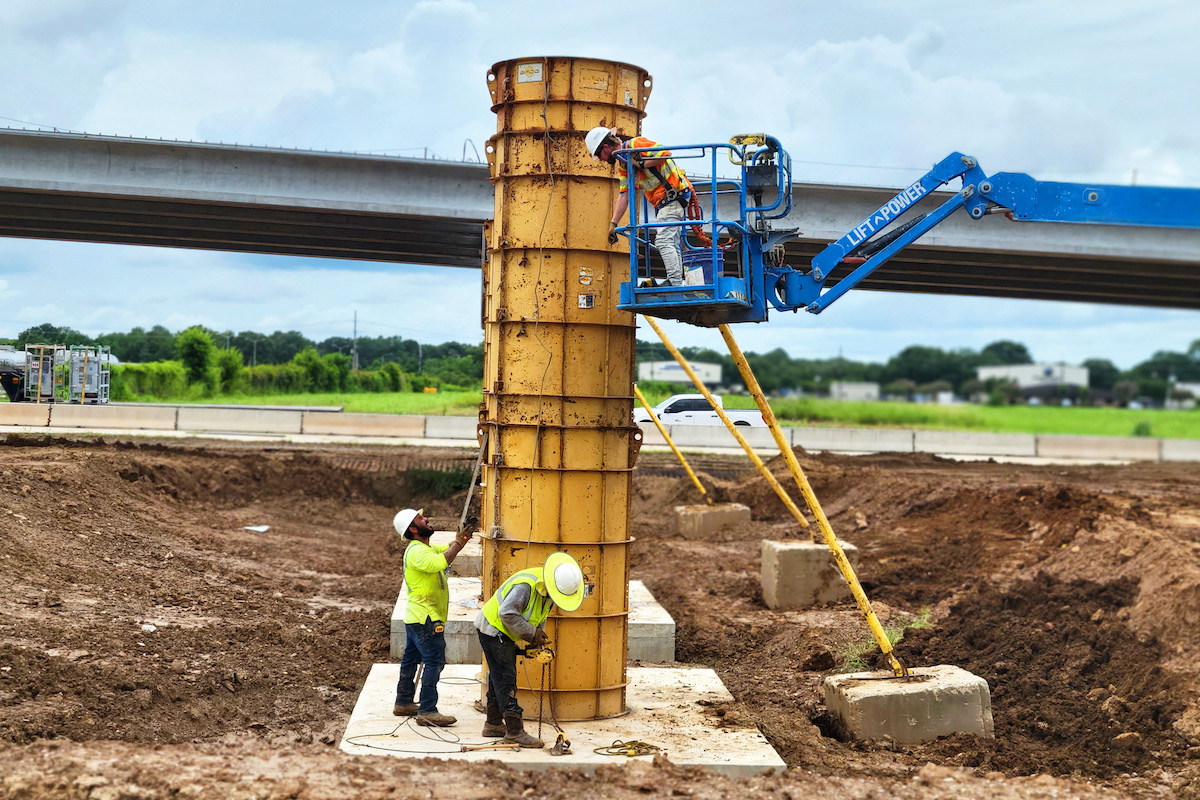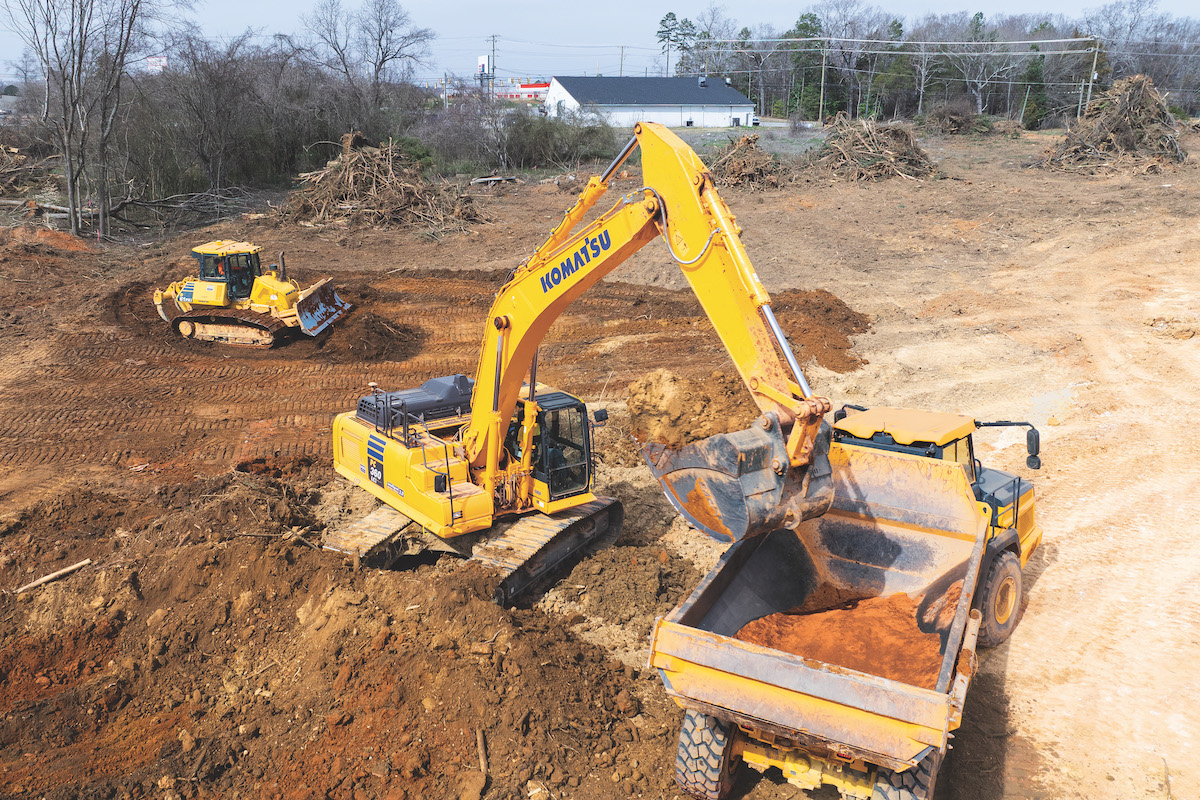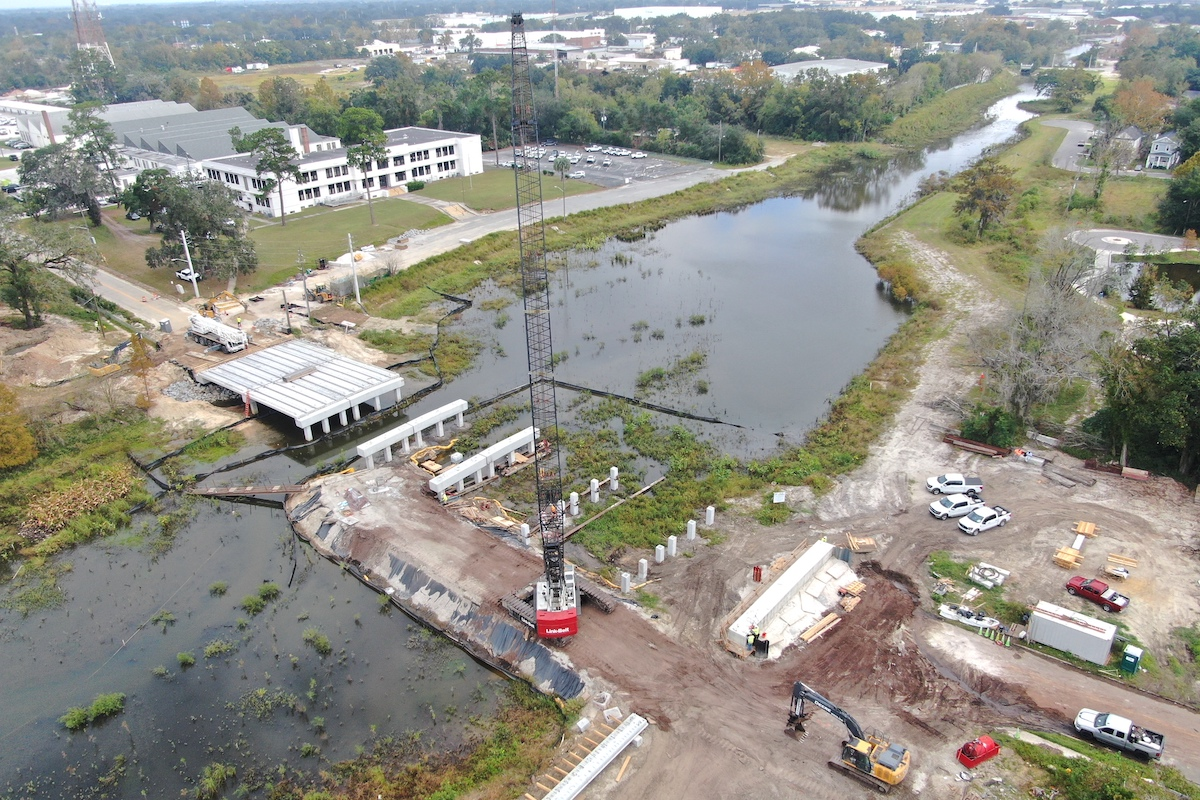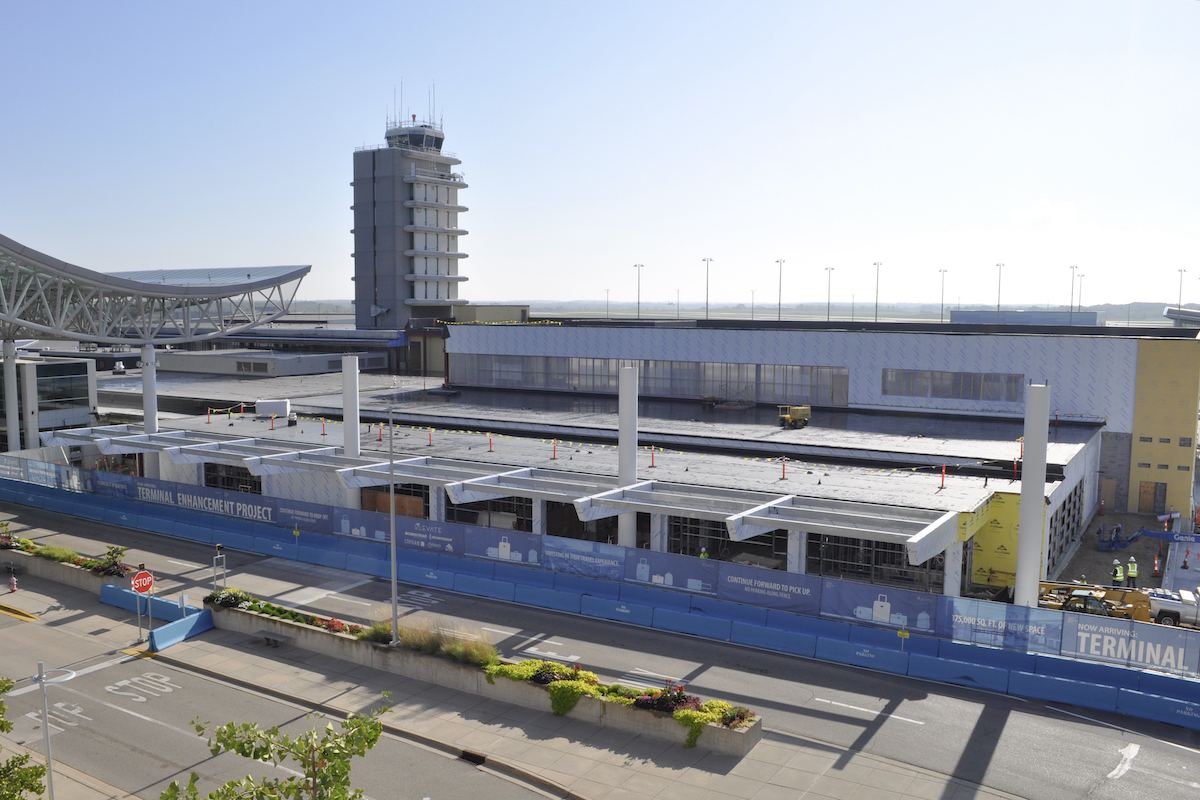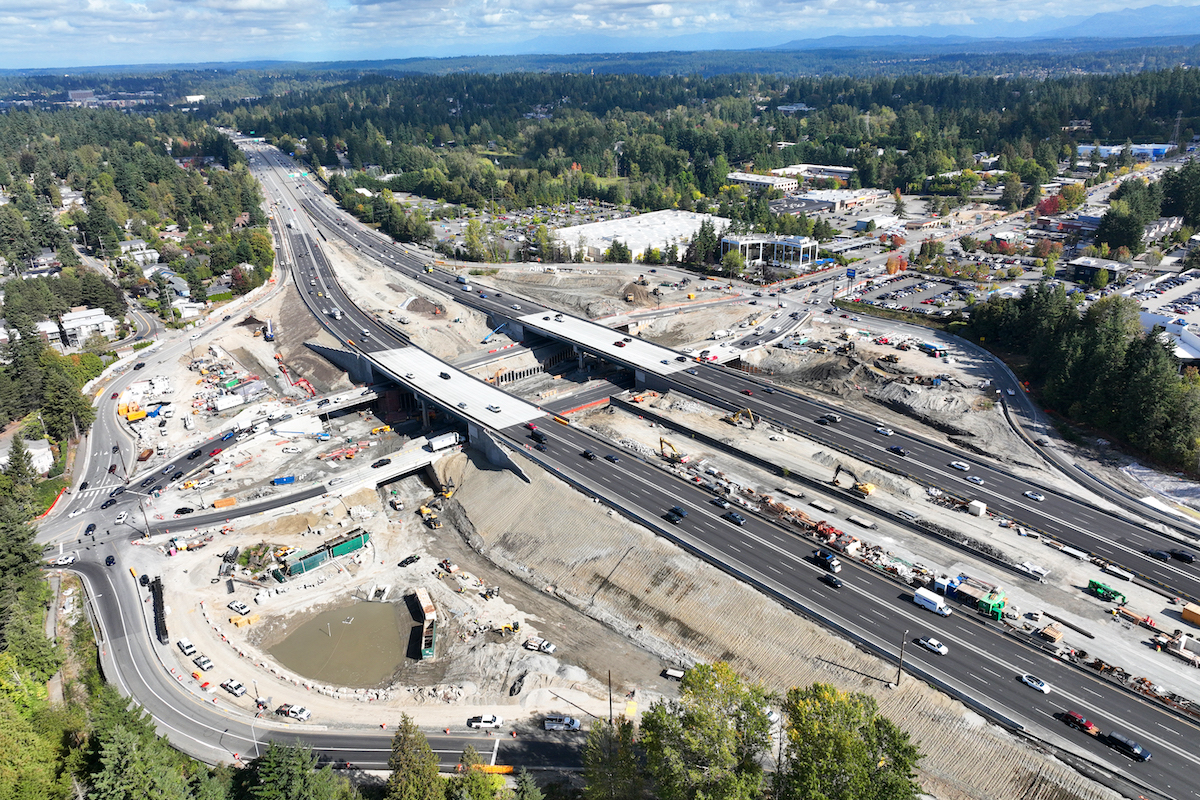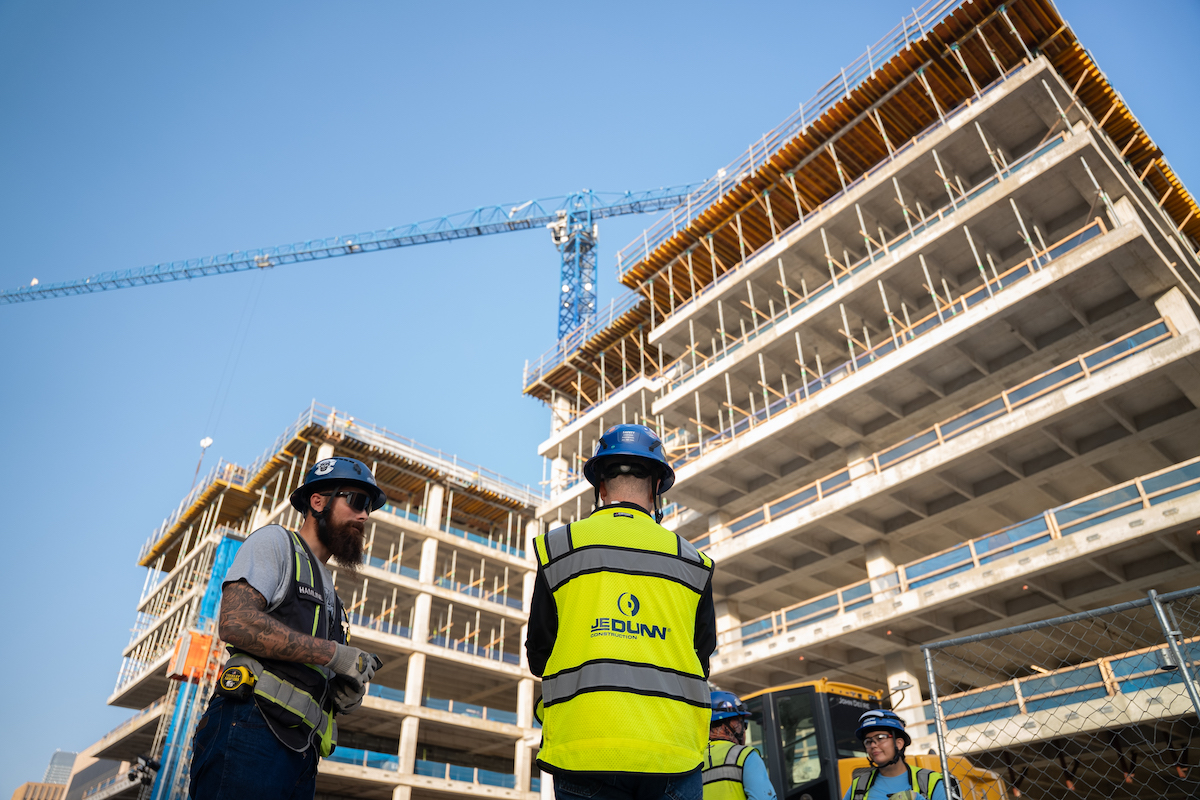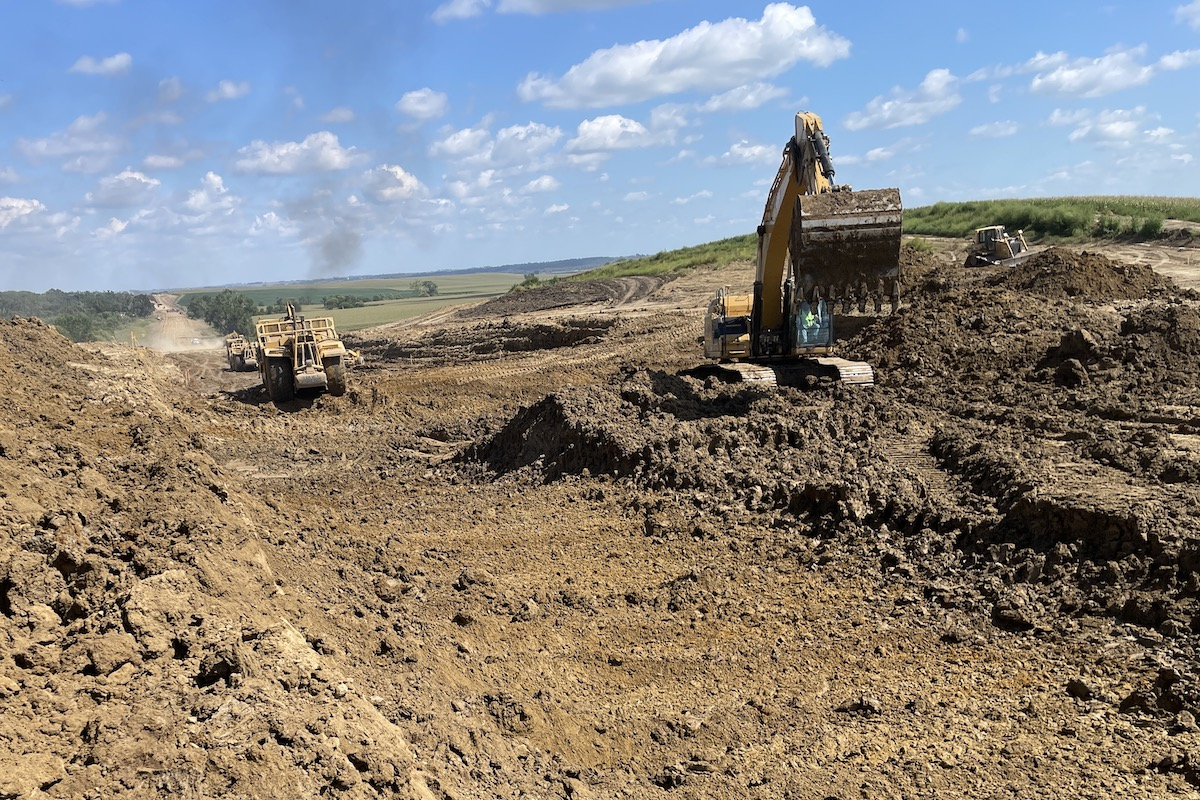The construction industry remains one of the most hazardous sectors in the U.S., consistently recording some of the highest injury and fatality rates across all professions. Despite advances in safety technology and risk management, construction workers still face significant safety hazards daily, with the construction industry accounting for about 20 percent of all workplace deaths in 2023, according to the U.S. Bureau of Labor Statistics (BLS).
Slips, trips, and falls are among the leading causes of injury and lost workdays in construction. Within the private construction industry, nonfatal workplace slips, trips, and falls that required at least one day away from work occurred at an annualized rate of 31.5 per 10,000 full-time workers in the 2021–2022 period, compared to 22.6 per 10,000 across all private industries, BLS reported.
While slips, trips, and falls may seem like minor incidents, if contact to the head is involved, it could result in a traumatic brain injury (TBI), which can be dangerous and even fatal. In fact, over 49 percent of fall accidents in construction result in TBIs, one study found.
Although construction personnel recognize that safety helmets serve a crucial protective function, many still do not understand or know about one specific and important aspect of head protection and helmet design — rotational motion.
On construction sites, the majority of serious head injuries don’t happen from the straight-on, linear impacts that most traditional, Type I hard hats are designed to withstand. Instead, when a worker falls or is struck by a falling object, the impact often happens at an angle.

| Your local Trimble Construction Division dealer |
|---|
| SITECH Allegheny |
| SITECH Northeast |
Decades of research have proven that when it comes to TBIs, the brain is more sensitive to rotational motion than linear motion. Impacts involving rotational motion can lead to shearing of brain tissue, which can damage neurons and blood vessels, increasing the likelihood of concussions, TBIs, and other neurological complications that can have lasting effects on cognitive function and quality of life.
We’re all familiar with the standard Type I hard hat. In fact, this design has remained largely unchanged since its creation in the early 1900s.
However, many may not know that most Type I hard hats are not designed to protect against forces like rotational motion. They’re intended to protect against linear, direct impacts to the top of the head. While the construction industry and its associated hazards have evolved significantly over time, not all personal protective equipment (PPE) has kept up.
However, advancements are being made in hard hats. For example, today you see both Type I and Type II hard hats that incorporate advanced safety systems specifically designed to address the risk of rotational motion by implementing a low-friction layer inside the helmet. This layer is designed to allow the outer shell to move 10 to 15 millimeters relative to the wearer’s head during an impact. The idea is to help redirect the rotational motion that could otherwise be transmitted to the head and brain. In addition, many helmets now include chin straps that help keep the helmet in place in the event of a fall.

| Your local Trimble Construction Division dealer |
|---|
| SITECH Allegheny |
| SITECH Northeast |
While advanced helmet technology represents a significant leap forward in worker protection, it is just one component of an effective safety strategy. Comprehensive site risk management requires a multifaceted approach that targets the root causes of accidents like slips, trips, and falls and also incorporates education about the dangers of rotational motion and why correct PPE is necessary.
Before the helmet can protect the worker, the worker needs to actually wear it. According to a BLS survey, 84 percent of all respondents who suffered head injuries were not wearing any head protection.
Another survey by J. J. Keller & Associates, Inc., found that of construction workers who aren’t wearing appropriate head protection at work, 72 percent said they simply don’t want to wear it, and 50 percent didn’t think it was necessary.
These statistics underscore the importance of not just education on rotational motion, but about proper PPE use in general.

| Your local Trimble Construction Division dealer |
|---|
| SITECH Allegheny |
| SITECH Northeast |
Failure to properly protect workers costs construction companies billions of dollars annually, encompassing direct costs like medical expenses and workers' compensation payments, plus indirect costs such as productivity losses, project delays, and increased insurance premiums. According to the Occupational Safety and Health Administration, the average direct costs associated with a concussion are $54,571.
By investing in advanced helmet technology, construction firms can meaningfully help reduce injury severity and associated costs. While more advanced hard hats and safety helmets with modern technology can be more expensive, this upfront investment can help reduce injuries and the costs associated with them over time.
For construction firms committed to safety leadership, advanced head protection technology provides a clear path to safeguarding both workers and overall project success. But technology alone isn’t enough. These helmets only provide real protection when they are understood and worn properly, consistently used, and supported by ongoing education and enforcement across job sites.
By addressing these risks and taking decisive action now, companies will be positioned to demonstrate leadership and set a higher standard for the future of workplace safety.

| Your local Trimble Construction Division dealer |
|---|
| SITECH Allegheny |
| SITECH Northeast |
Joe Brandel serves as Business Development Manager for the North America Industrial Safety Market at Mips. He has been in the construction and industrial safety business for over 20 years, specializing in head protection, hand protection, fall protection, and other PPE.

